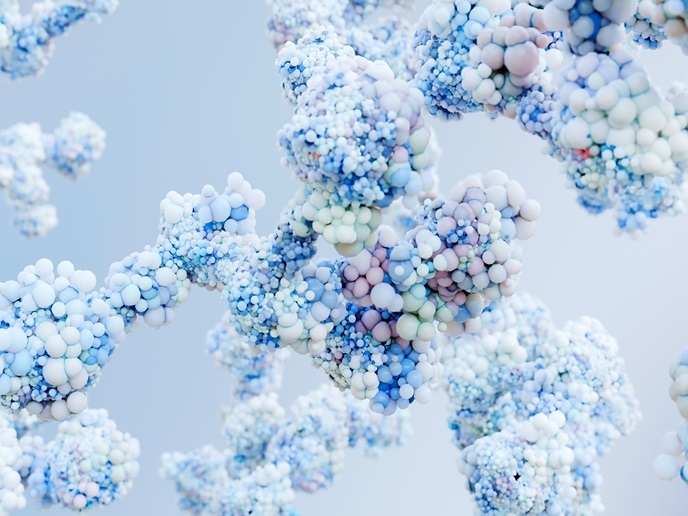A new way of designing modular proteins
Proteins are the complex molecules responsible for most of the work done in our cells. They play an essential role in the body’s structure, function, regulation and well-being. But what if proteins could do even more? “Natural proteins represent only a tiny fraction of all possible protein sequences and structures,” says Roman Jerala, a biochemist at Slovenia’s National Institute of Chemistry(opens in new window). The challenge here is to design new proteins that have not yet evolved in nature. “Creating protein structures with new shapes and features could open the door to new breakthroughs in medicine, technology and science,” adds Jerala. Answering this challenge is the MaCChines(opens in new window) project, which Jerala led.
he advantages of coiled-coil building modules
The project, which received support from the European Research Council(opens in new window) (ERC), aimed to advance the design of modular proteins based on what are known as coiled-coil building modules. Principal investigator Jerala explains that coiled-coils consist of two or more peptide helices (a secondary structure found in proteins) twisted around each other. Unlike naturally evolved proteins, whose fold is defined by the hydrophobic core, these lab-designed proteins are defined by the arrangement of coiled-coil dimer-forming modules connected into a single polypeptide chain. This chain assembles into a designed pathway that then forms new protein folds. Dimer-forming modules mediate the interaction of two protein subunits (protein dimers), which are crucial for a range of cellular functions. Scientists can use these modules to design proteins with specific functions and interactions. “These programmable molecules have many properties and can be produced by cell factories in an energy- and resource-effective and sustainable manner,” explains Jerala. “Furthermore, due to their structure defined at the nanoscale, we expect them to be efficient in terms of recognition, delivery and catalysis and to find applications in medicine, biotechnology and other fields.”
Results exceed expectations
Using these coiled-coil building modules, the MaCChines project designed and characterised new types of protein cages unknown in nature, regulated their assembly and disassembly using metal ions and proteases, designed their folding pathway, and demonstrated their use for several types of cellular regulation. “The project has been very productive and, in several ways, even exceeded my own expectations,” remarks Jerala. The project’s constructs are available via Addgene(opens in new window) and are already being used by other researchers working in the synthetic biology and bio-nanotechnology fields, amongst others.
Modular protein design’s role in an AI-based world
Progress moves incredibly fast, and protein design is no exception. In fact, recent AI-based proteins are already fulfilling the dreams of protein designers. However, Jerala is confident that the project’s work will continue to have a lasting impact. “While we are fully embracing generative protein design technology, the principles of modular protein design are something that the AI-based designs cannot do,” concludes Jerala. “Some of our designs with experimentally determined structures still cannot be predicted by AI programmes due to their complex topology.” With the support of the new ERC-funded PROFI project and leveraging the foundations established by MaCChines, Jerala’s research team is now shifting its focus to the regulation of mammalian cells using designed proteins. They also hope to explore the translation of synthetic biology tools towards therapeutic applications.







